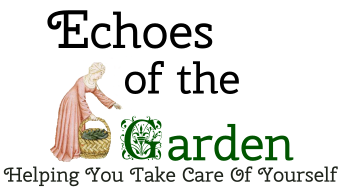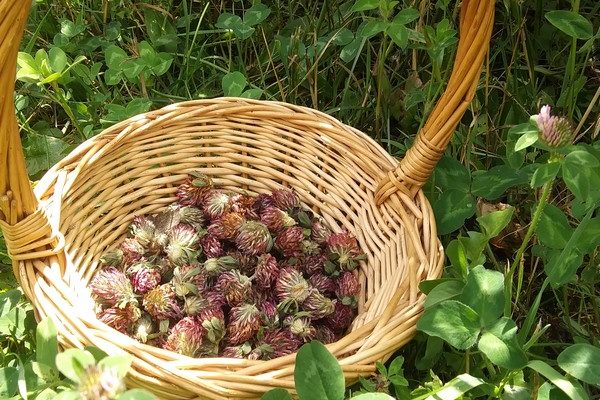It’s wildling season! Time to fill your herbal tea cabinet! The wildlings are growing happily in my yard right now so I’m spending as much time as I can soaking up summer and gathering the teas that I use to help me stay happy and healthy when the Winter Hag romps outside, knocking on my windows looking for a… Continue Reading…
In his book Five Hundred Points Of Husbandrie, Thomas Tusser gives these instructions.March drie or wet,hop ground go set.Yoong rootes well drestproove ever * best.Grant hop great hillto growe at will.From hop long gutaway go cut. According to the old calendar, now is the time to see to your hops. Hops are a beautiful plant. They are vigorous growers sometimes gaining… Continue Reading…
The culinary onion – Allium cepa – has been in cultivation for at least 7000 years. We have no record of what its wild form was like. There are a few closely related onion species found in the wild today but they are not the onion we find either in the grocery store or the history books.It was a staple crop… Continue Reading…
Humanity’s association with the willow has been a long one and, for humanity at least, a profitable one. There is evidence of use of willow all the way back to Paleolithic times. It is only comparatively recently that we have tamed and cultivated it. The most recognized member of this family is the Weeping Willow. While the original Weeping Willow is… Continue Reading…
Vaccinium spp. are shrubs. Depending on the species they can grow anywhere from 1′ to 8′ tall. All of them require full sun and a well-drained soil with a P.H. of 4.5 to 5.5. Here’s some good basic growing information from the Minnesota Extension Office and here’s an article on how to prepare a bed and which amendments are best to… Continue Reading…
The Dianthus genus is made up of over three hundred species. The wild form of the species can be found in the Mediterranean and Middle East. Most sources say it was first documented by Theophrastus around 300 BCE but at least one source reports that this statement has been proven false. The first documentable instance of cultivation occurs around 1450 CE.
The wild ancestors of lettuce were originally found in Asia Minor. We don’t know exactly when it was domesticated but the first recorded cultivation of it was in Egypt around 2500 BCE. It traveled to Rome around 50 CE. It was brought to the Americas by Christopher Columbus in the 15th century. There are three main types of lettuce: leaf, cos,… Continue Reading…
The Linden tree makes a beautiful addition to the garden if you have enough room for it. It can achieve heights of 50′ to 80′ with a horizontal spread of 35′ to 50′, although it frequently stays smaller. It generally grows between 13” and 24” inches a year, depending on conditions. This beautiful specimen is 700 years old and is the… Continue Reading…
A deciduous shrub native to both Europe and North America with an enthusiastic growing habit and a rangy appearance, elderberry has graced our gardens and tables since ancient days. Most varieties are hardy to Zone 4, with a few being hardy to Zone 3. Cornell University offers this excellent information on the growing requirements of elderberries..
Stinging nettle is a hardy perennial native to Europe, Asia, northern Africa and western North America.It spreads by both seed and rhizomes, which means it’s fairly invasive given the opportunity. It prefers moist rich soil in partial shade, but if there’s enough moisture, it will grow in full sun as well. Larger animals tend to avoid it due to its painful… Continue Reading…
RadishRaphanus SativusThe cultivation of the radish hasn’t changed greatly over the last several centuries although medieval cooks made more thorough use of it than most of us do. Since the radish prefers colder temperatures to germinate in, it’s one of the first fresh vegetables available in the spring. Start them as soon as the soil is workable (you can start them… Continue Reading…


